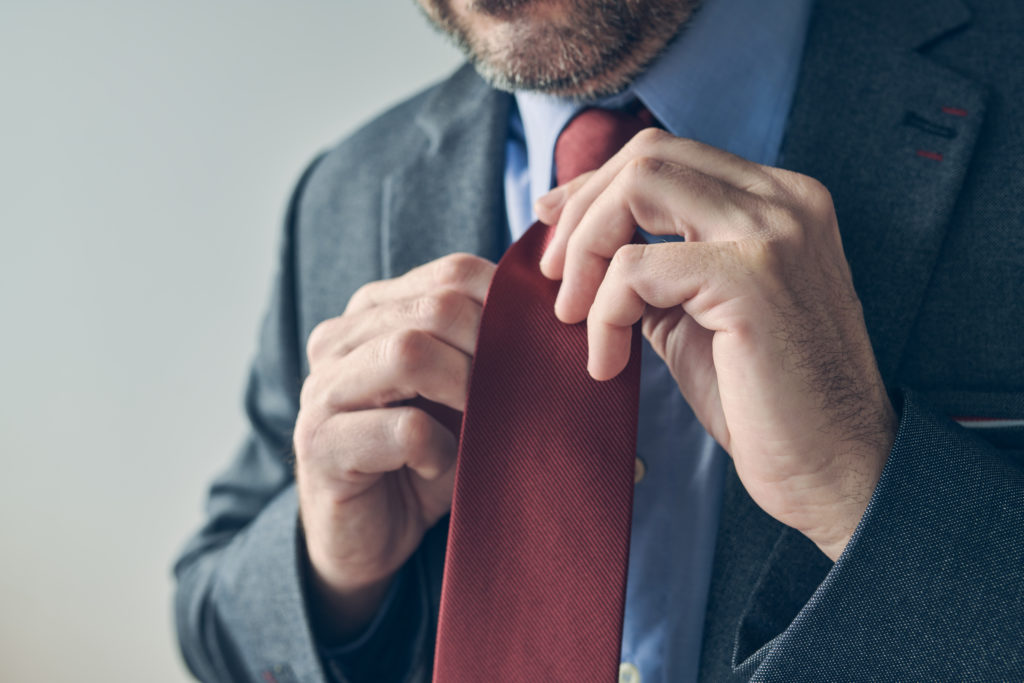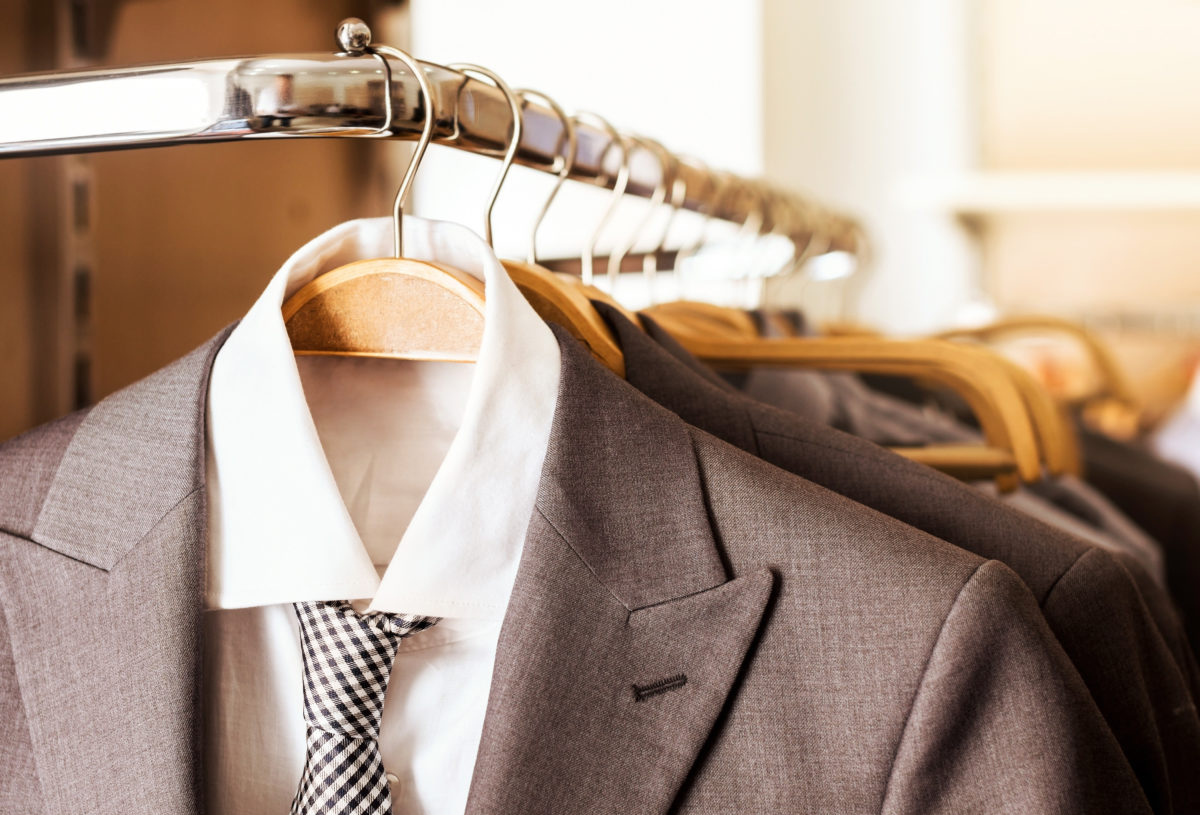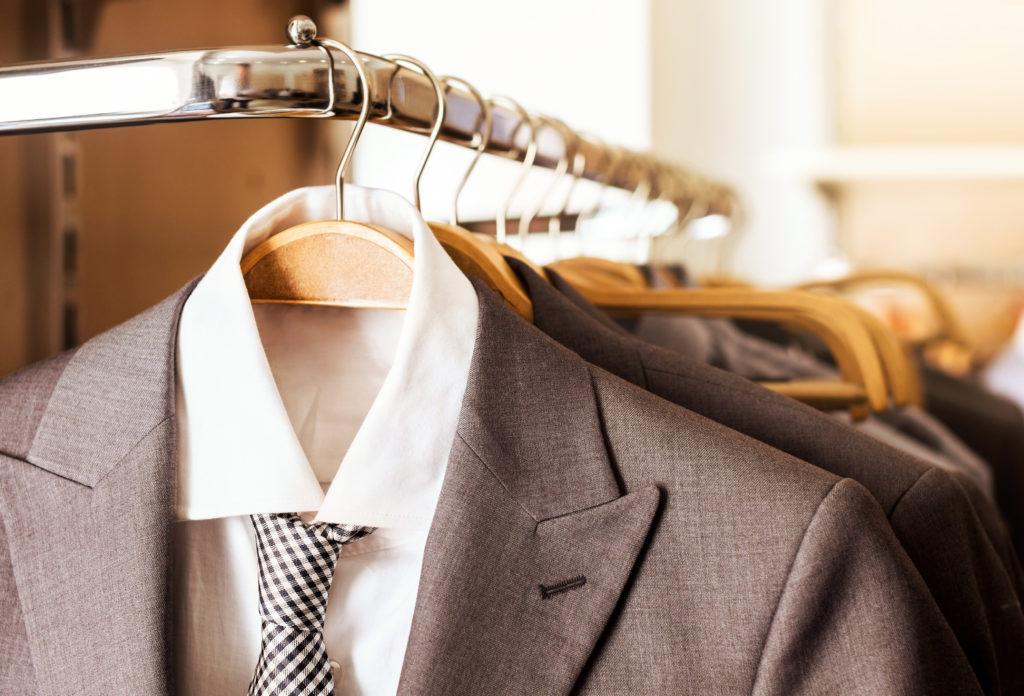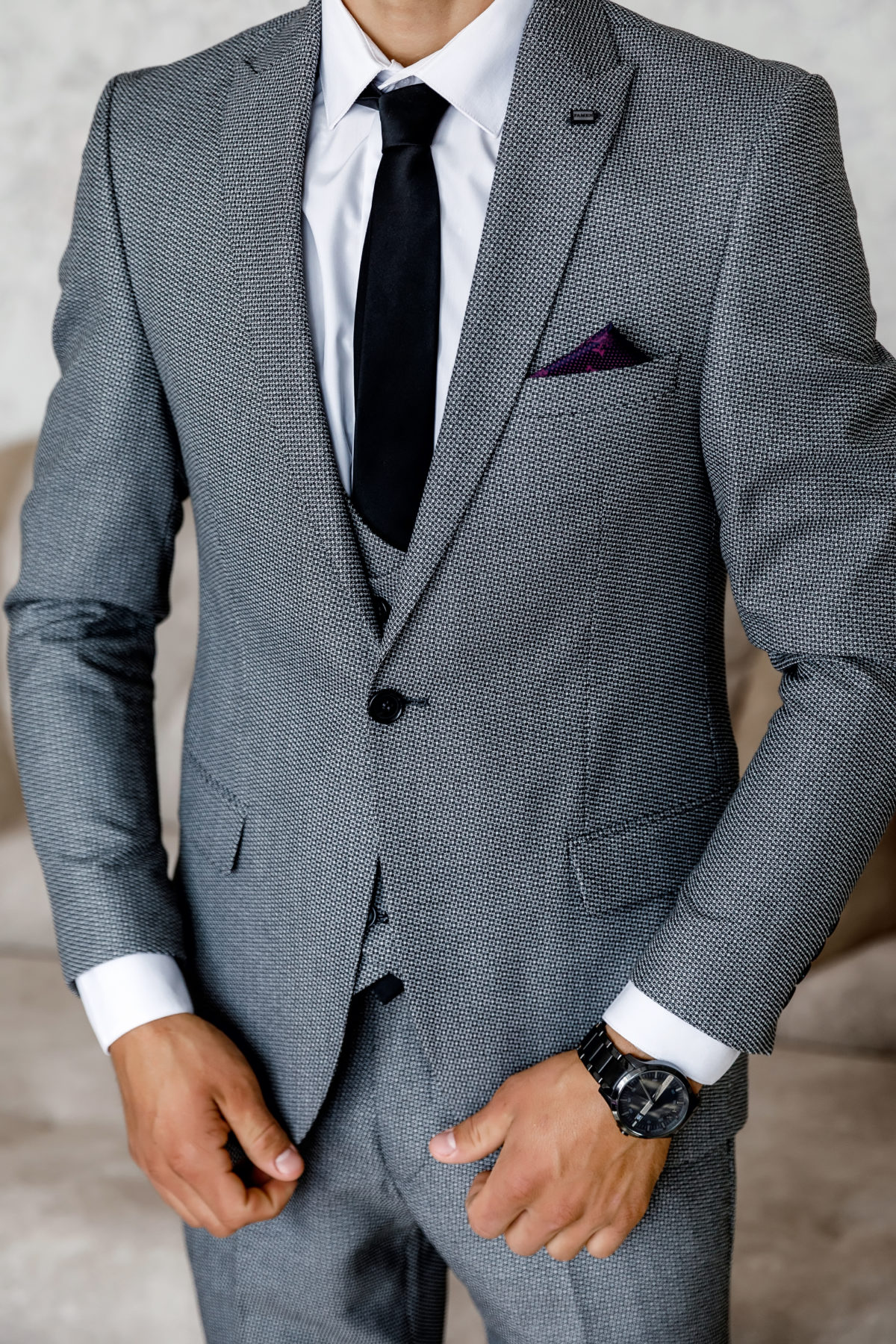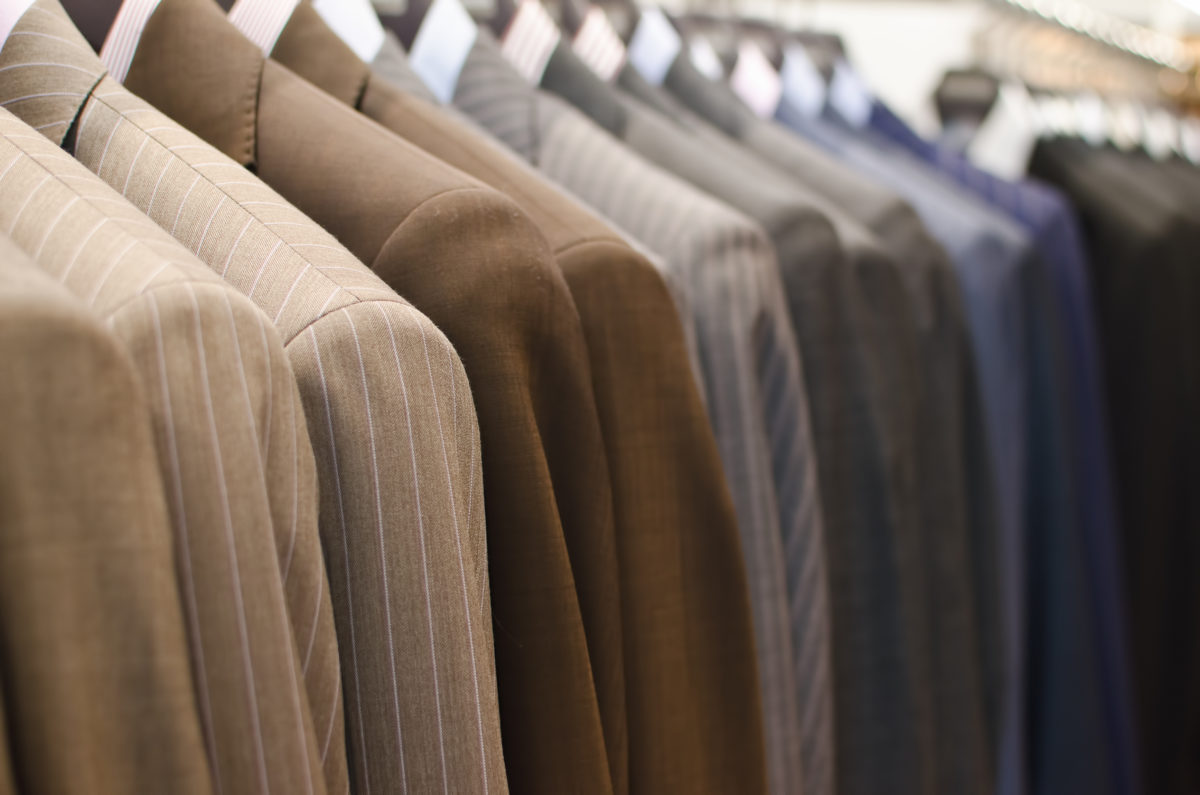Why Women are Attracted To Well Dressed Men
The allure of a well-dressed man has captivated women for ages, and the reasons behind this preference are as diverse as the individuals who hold it. A sharp-dressed man exudes a magnetic charm that goes beyond just appearances. From confidence and attention to detail to cultural and evolutionary factors, there are numerous explanations for why women find a man with impeccable style incredibly appealing.
Confidence and Self-Assurance: A man who takes the time to dress well exhibits a level of confidence and self-assurance that can be irresistibly attractive to women. A sharp-dressed man often exudes a sense of pride in his appearance, which can translate into how he carries himself and interacts with others. This confidence signals to women that he knows who he is and is comfortable in his own skin, making him an intriguing and secure partner.
Attention to Detail: Putting effort into dressing well demonstrates an attention to detail that can be alluring to women.
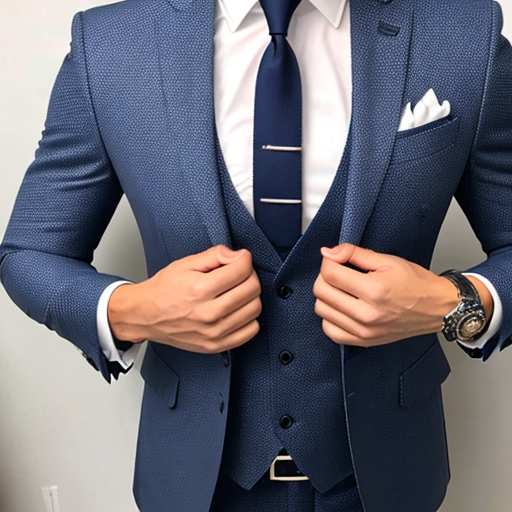
A bespoke suit will make you feel confident
A sharp-dressed man shows that he is meticulous and takes care in how he presents himself to the world. Attention to detail can also extend beyond clothing to other aspects of life, signaling a sense of responsibility and thoughtfulness that women find appealing in a potential partner.
Cultural and Societal Norms: Throughout history, fashion has been a significant aspect of culture and society. In many cultures, a well-dressed man is seen as a symbol of status, success, and refinement. This association with positive qualities has been ingrained in societal norms, making a sharp-dressed man particularly attractive to women seeking a partner who aligns with these cultural values.
Expression of Personal Style: A man who dresses sharply often uses fashion as a means of self-expression. This ability to showcase his personality through clothing can be intriguing to women, as it provides insight into his tastes, interests, and creativity. A well-dressed man’s style can serve as a conversation starter and offer a glimpse into his unique character, sparking curiosity and interest.
Respect for Occasions and Relationships: A sharp-dressed man demonstrates respect for various occasions and the people he interacts with. Whether it’s dressing appropriately for formal events, date nights, or casual outings, his attention to dressing well shows that he values the situation and the people he spends time with. Women appreciate partners who can adapt and show respect for the context of their shared experiences.
Perception of Success and Ambition: Studies have shown that dressing well is associated with perceived success and ambition. A man who dresses sharply may be perceived as more accomplished and driven, qualities that women often find attractive in a partner. This perception of success can make a man stand out from the crowd and pique the interest of women looking for a motivated and goal-oriented companion.
Evoking a Sense of Protection and Security: The way a man presents himself can evoke feelings of protection and security for women. A sharp-dressed man exudes a sense of being put together, which can subconsciously signal to women that he can take care of himself and potentially protect and provide for a partner and family. This evolutionary aspect can be traced back to the primitive desire for a strong and reliable mate.
Physical Attractiveness and Grooming: A sharp-dressed man often pays attention to grooming and personal hygiene as part of his overall appearance. Good grooming practices, such as well-kept hair, clean nails, and a polished appearance, add to a man’s physical attractiveness. Women are naturally drawn to partners who take care of themselves and present themselves in a clean and well-maintained manner.
Association with Positive Traits: Perceptions of attractiveness and desirability are often linked to specific traits that a well-dressed man may embody. Traits like discipline, professionalism, intelligence, and sophistication are frequently associated with a man who dresses sharply. As a result, women may find themselves drawn to these positive traits that a sharp-dressed man seems to embody.


